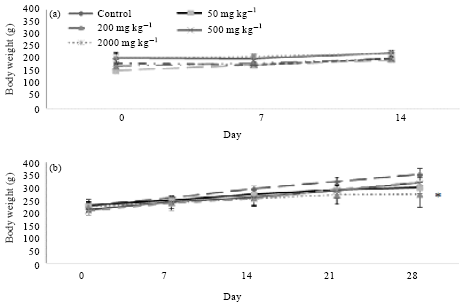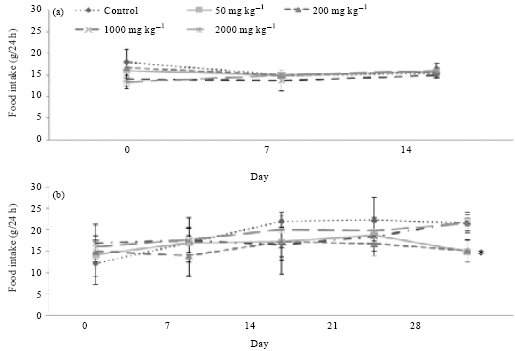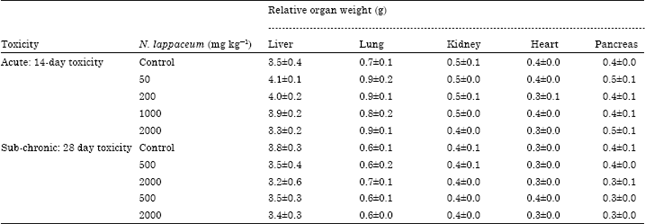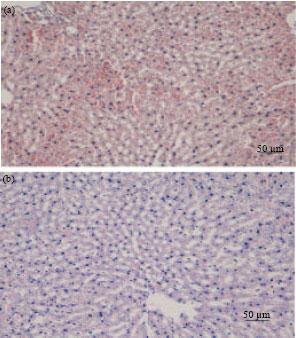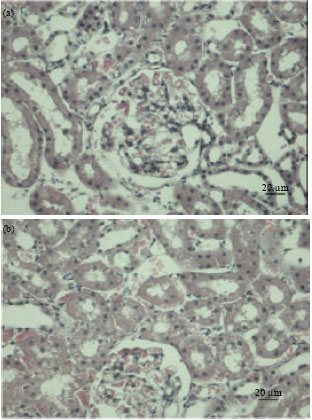Research Article
Acute and Sub Chronic Oral Toxicity Assessment of the Ethanolic Extract from the Rind of Nephelium lappaceum in Rats
School of Medicine and Health Sciences, International Medical University, Malaysia
Srikumar Chakravarthi
School of Medicine and Health Sciences, International Medical University, Malaysia
Uma Devi Palanisamy
School of Medicine and Health Sciences, Monash University, Malaysia
Ammu Radhakrishnan
School of Medicine and Health Sciences, International Medical University, Malaysia
Nagaraja Haleagrahara
School of Veterinary and Biomedical Sciences, James Cook University, Australia









